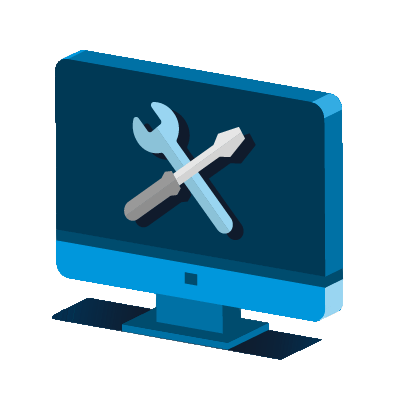Computerized Maintenance Management
System (CMMS)


A computerized maintenance management system or CMMS is software that centralizes maintenance information and facilitates the processes of maintenance operations. It helps optimize the utilization and availability of physical equipment like vehicles, machinery, communications, plant infrastructures and other assets. Also referred to as CMMIS or computerized maintenance management information system, CMMS systems are found in manufacturing, oil and gas production, power generation, construction, transportation and other industries where physical infrastructure is critical.
The core of a CMMS is its database. It has a data model that organizes information about the assets a maintenance organization is charged with maintaining, as well as the equipment, materials and other resources to do so.
The information in a CMMS database supports various functions of the system, which enable the following capabilities:
Resource and labor management: Track available employees and equipment certifications. Assign specific tasks and assemble crews. Organize shifts and manage pay rates.
Asset registry: Store, access and share asset information such as:
Work order management: Typically viewed as the main function of CMMS, work order management includes information such as:
Work order management also includes capabilities to:
Preventive maintenance: Automate work order initiation based on time, usage or triggered events. Use preventive maintenance to organize and associate assets across multiple orders. Sequence and schedule preventive work orders.
Materials and inventory management: Inventory, distribute and reclaim maintenance and repair operation (MRO) equipment and materials across storage areas, distribution centers and facilities. Manage suppliers, track inventory costs and automate resupply.
Reporting, analysis and auditing: Generate reports across maintenance categories such as asset availability, materials usage, labor and material costs, supplier assessments and more. Analyze information to understand asset availability, performance trends, MRO inventory optimization and other information to support business decisions and gather and organize information for audits.¹